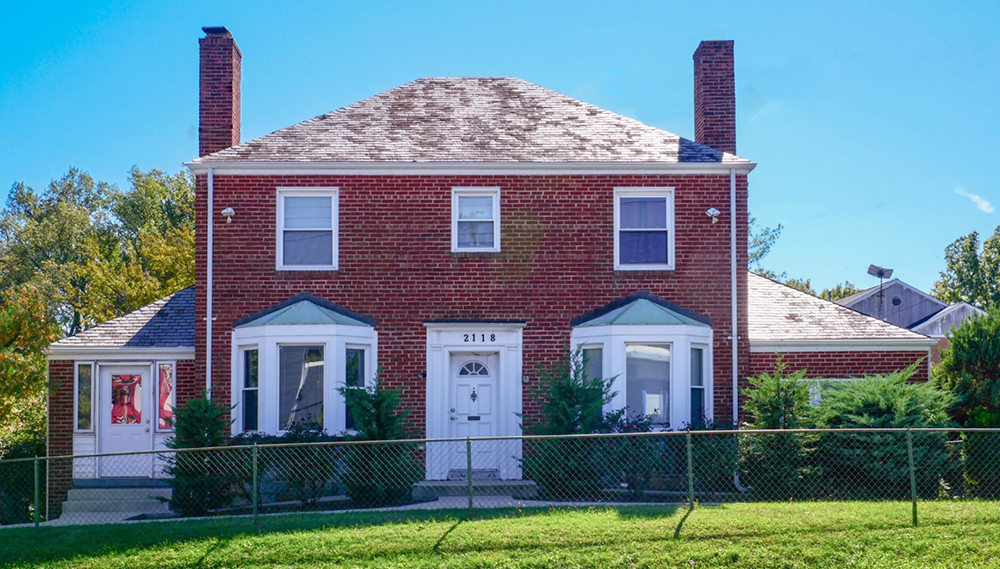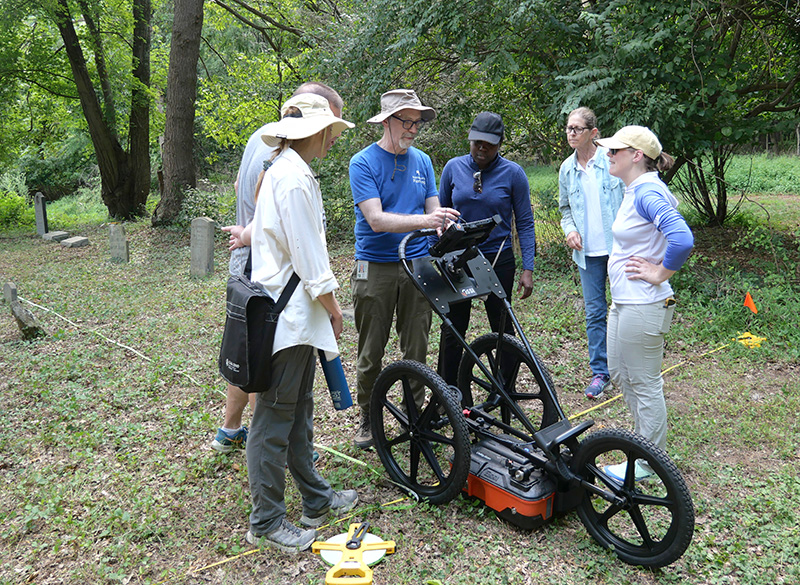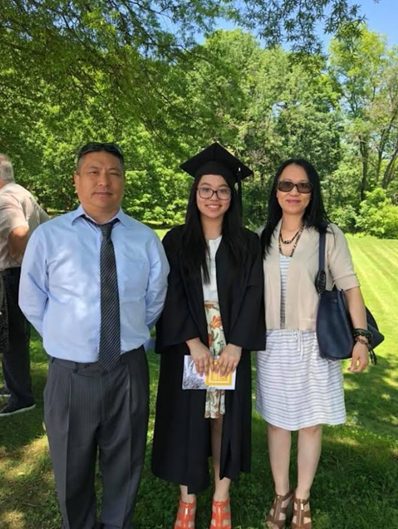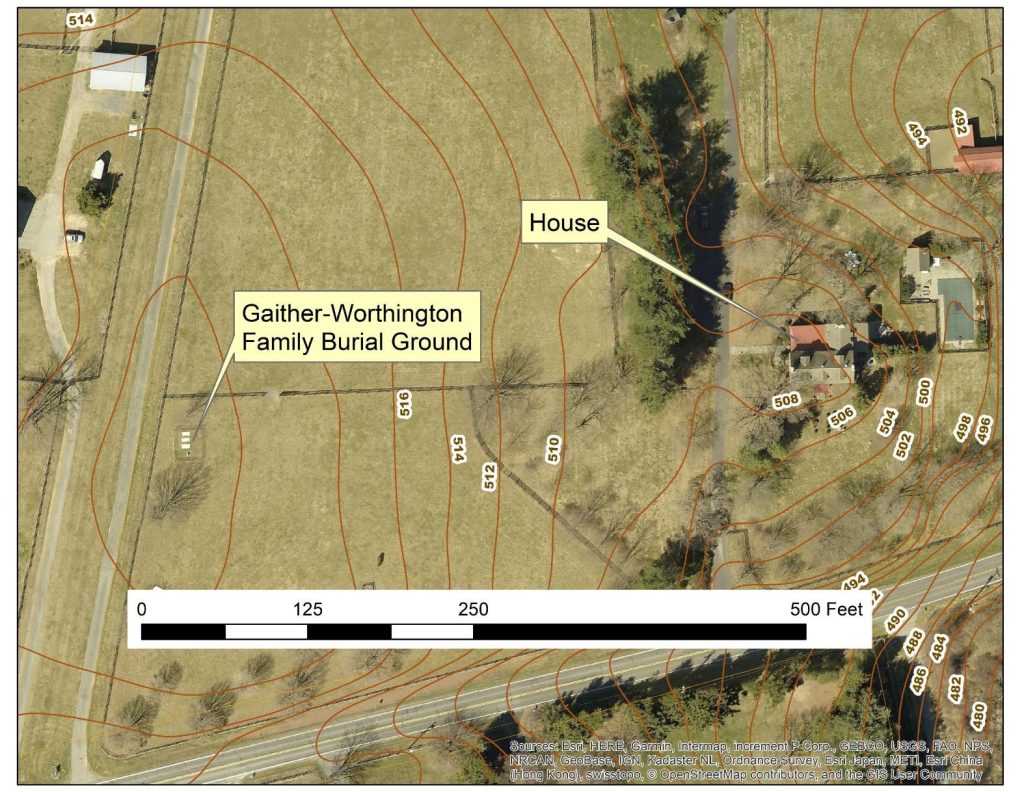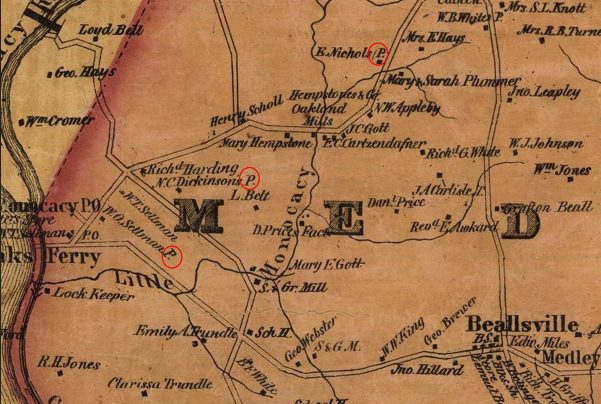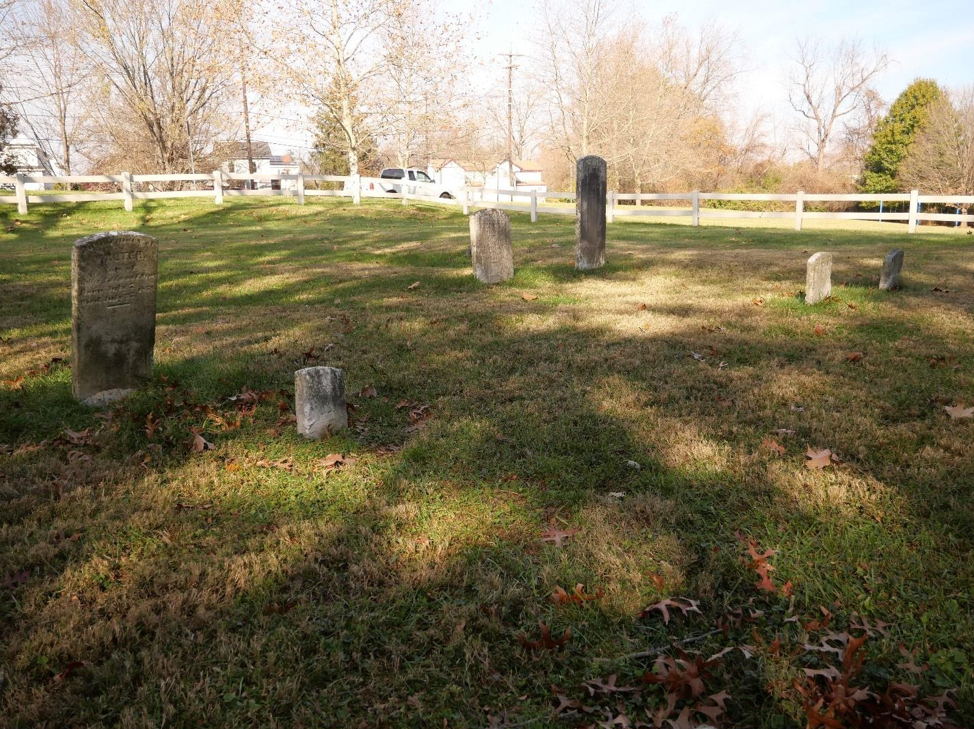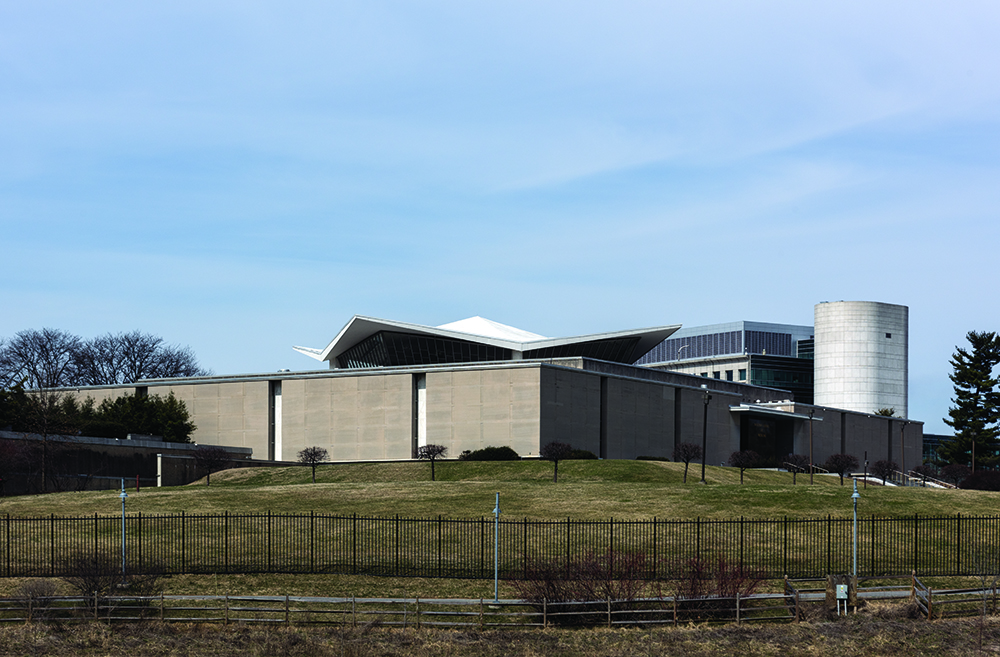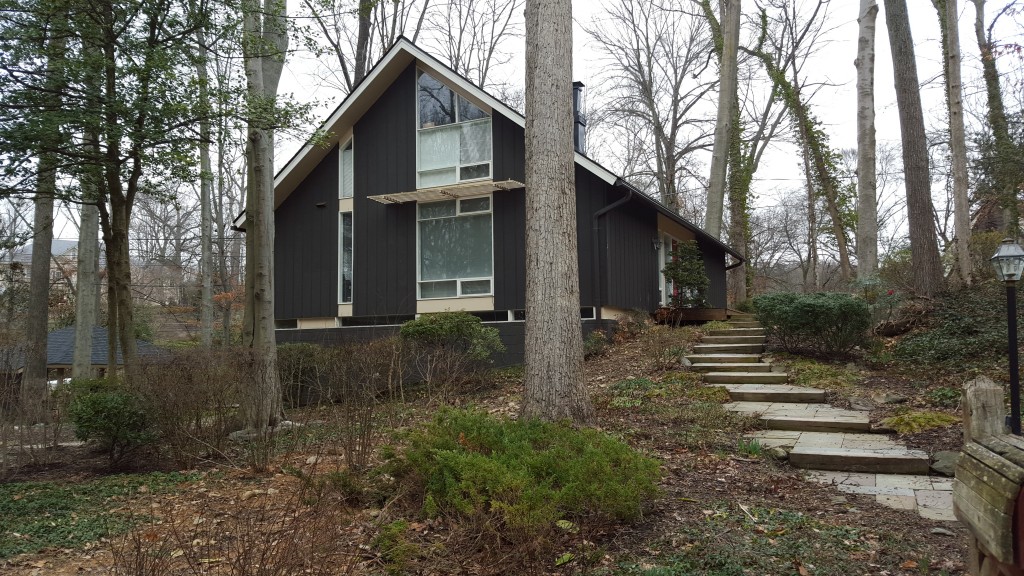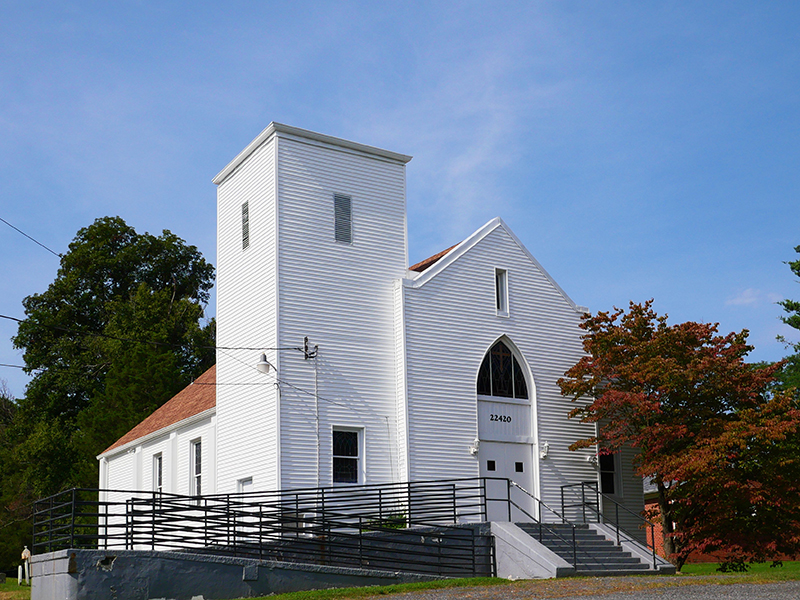
Nestled just off Frederick Road, half a mile from downtown Clarksburg, sits Rocky Hill, one of Montgomery County’s earliest African American communities. Established toward the end of the 19th century, the Rocky Hill neighborhood grew as Black families rented and bought land in and around Clarksburg and built a church and school. As part of the Clarksburg Gateway Sector Plan, Montgomery Planning is proposing to designate a site and district to the Master Plan for Historic Preservation: The Community of Faith United Methodist Church and Cemetery and the Clarksburg Heights subdivision founded and built by Wilson and Sarah Wims.
Community of Faith United Methodist Church: A Pillar of Strength
Formerly known as the Pleasant View Methodist Episcopal … Continue reading
